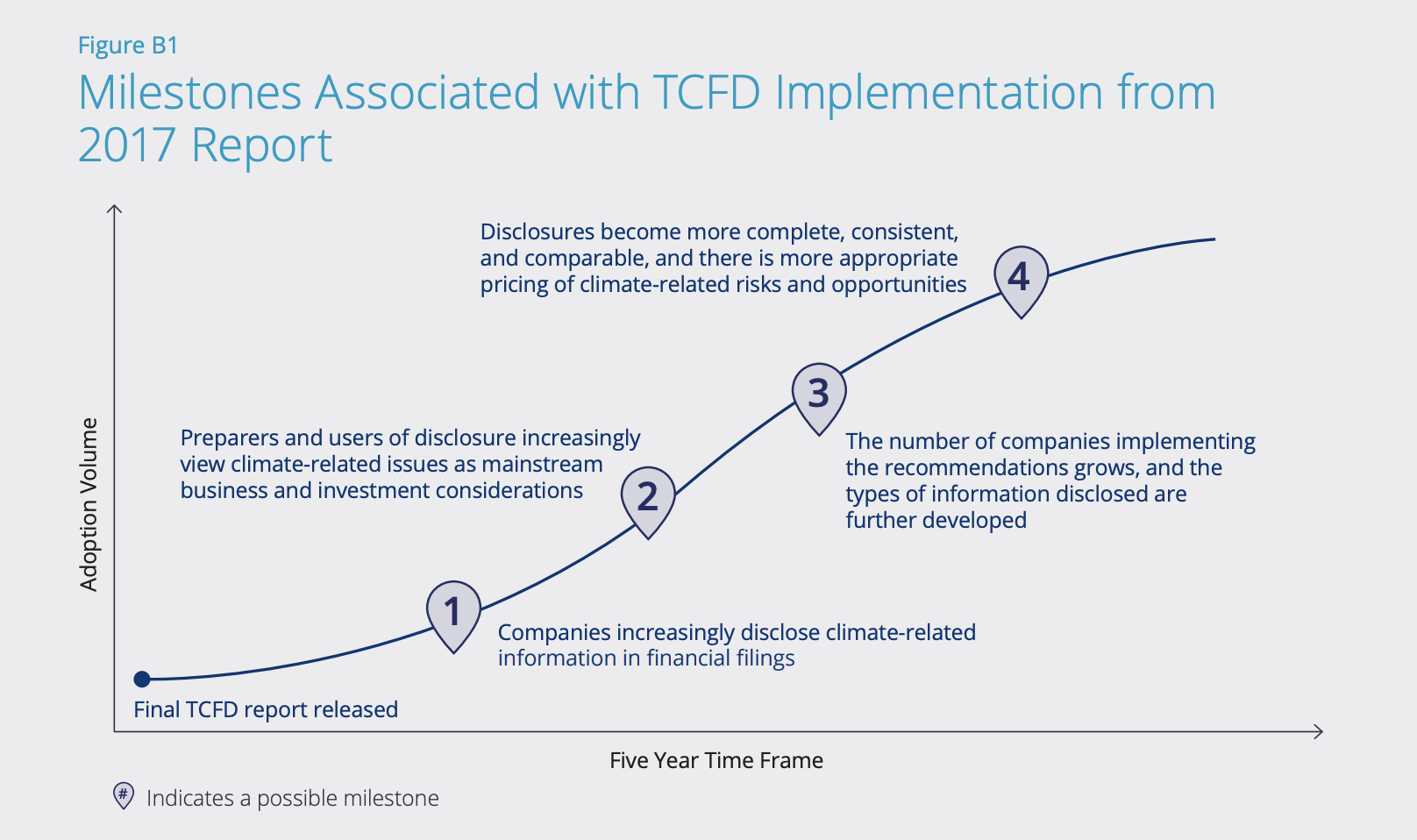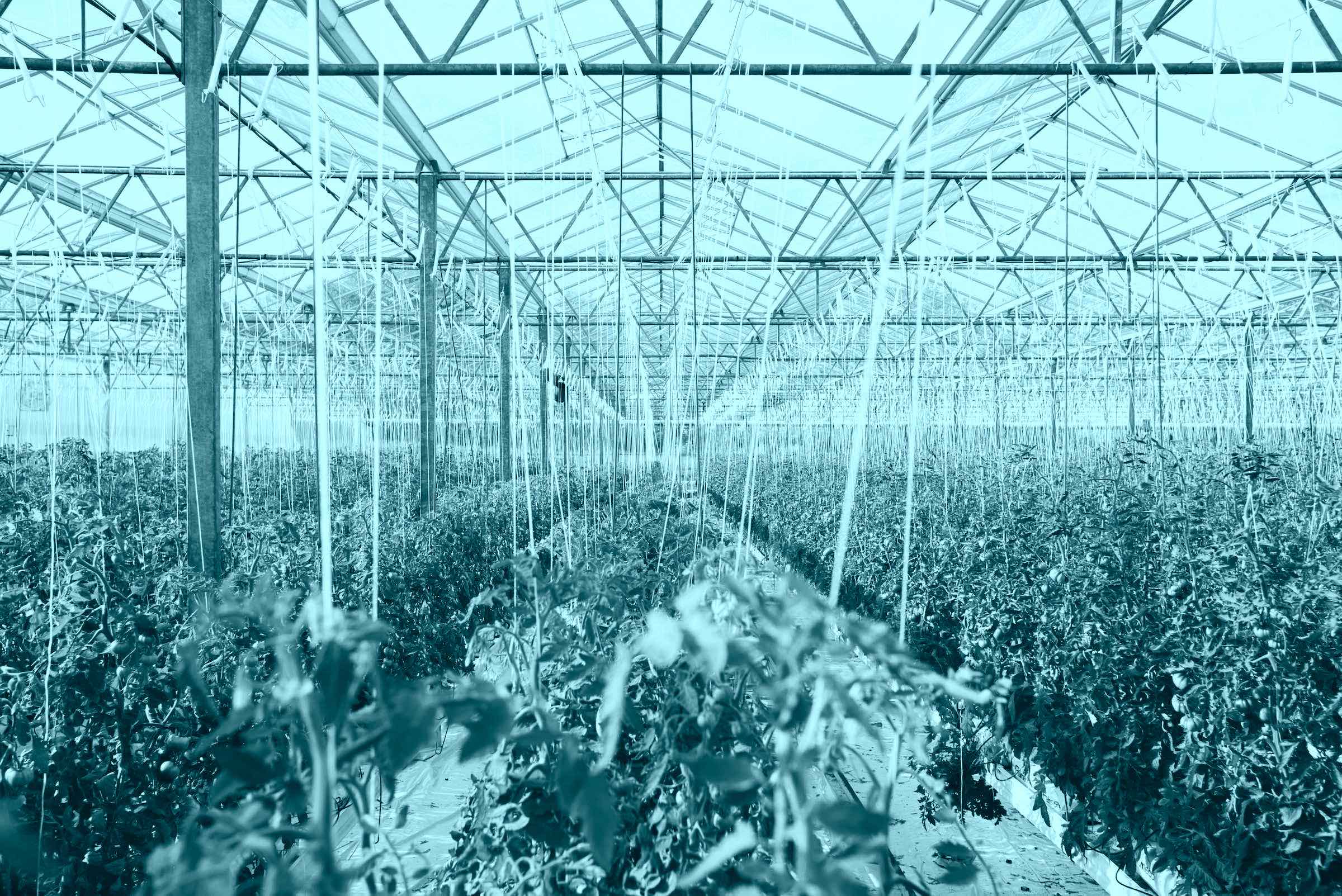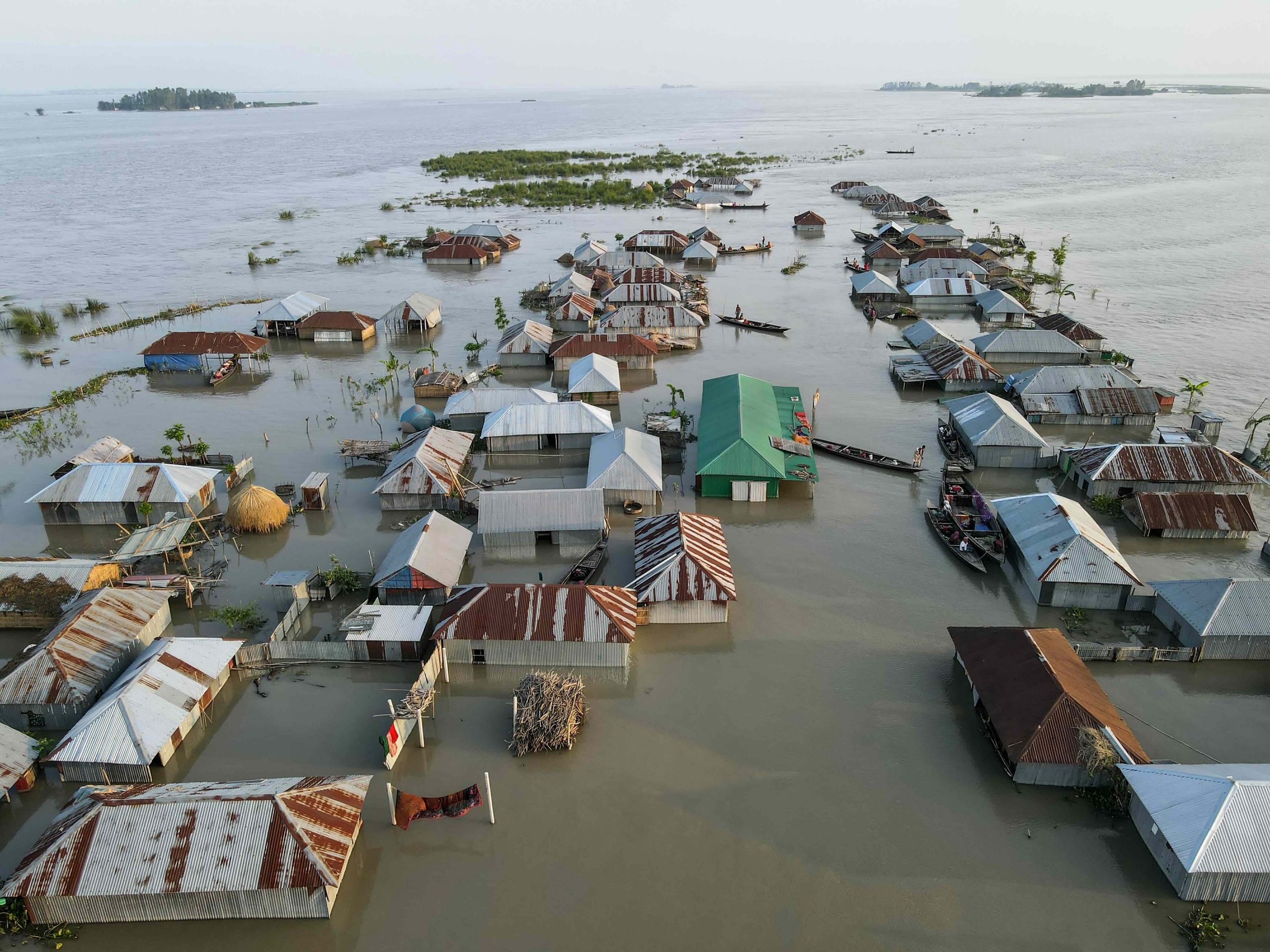The disclosure of climate-related information is the process of making relevant data and insights available to the public or specific stakeholders about the potential risks and opportunities that climate change poses to an organization’s business, financial performance, and long-term sustainability.
Disclosure relates to the reporting and transparent communication of information concerning the environmental impact of businesses, projects, or policies. This includes the disclosure of greenhouse gas emissions, pollution levels, resource consumption, waste management practices, and other environmental factors.
Climate risk disclosure provides stakeholders, including investors, regulators, customers, employees, and the public, with information to assess how well an organization is managing and preparing for climate-related risks. Environmental disclosure allows for informed decisions and a deeper understanding of the potential impacts of climate change on an organization’s strategy, financial stability, and overall performance, promoting transparency, accountability, and sustainable practices.
Climate risk disclosure can take various forms, including annual reports, financial statements, sustainability reports, dedicated climate risk reports, and responses to specific reporting frameworks, such as the Task Force on Climate-related Financial Disclosures (TCFD) recommendations.
Climate-related Financial Disclosures
The Task Force on Climate-related Financial Disclosures (TCFD) is a global initiative established by the Financial Stability Board to develop recommendations for voluntary climate-related financial disclosures. It was established in 2015 by the Financial Stability Board and chaired by Michael Bloomberg, providing an important boost to transparency by defining a globally recognized framework for more effective climate-related disclosures for use by companies, banks, and investors in providing information to stakeholders.
The Recommendations are structured around four core elements of how organizations operate: governance, strategy, risk management, and metrics and targets. According to the 2022 TCFD Status Report, the percentage of companies disclosing information continues to grow. In 2021, 80% of companies disclosed information in line with the TCFD framework. Public companies remain more likely to disclose information on their climate-related risks and opportunities than on any other recommended disclosure, with just over 60% of companies reviewed including such information in their 2021 fiscal year reports.

The TCFD recommendations aim to provide investors, lenders, insurers, and other stakeholders with consistent and comparable information to assess the climate-related risks and opportunities faced by organizations. Although the TCFD recommendations are voluntary, they have gained widespread support from investors, financial institutions, and regulators globally, and are increasingly being incorporated into reporting frameworks and requirements.
The recommendations include disclosing information about the organization’s governance processes, oversight, and accountability related to climate risks, and about its strategic approach to managing them. The framework addresses risk management by disclosure of information about the organization’s processes for identifying, assessing, and managing climate-related risks. It includes information about the organization’s approach to scenario analysis, risk assessment methodologies, and the integration of climate-related risks into existing risk management frameworks. Finally, disclosing information about the organization’s performance and progress towards climate-related goals and targets includes quantitative and qualitative information about greenhouse gas emissions, energy consumption, water usage, and other relevant metrics. It also covers the organization’s progress towards meeting climate-related targets, as well as the methodologies and assumptions used in calculating and reporting these metrics.
“Disclosure builds trust through transparency and helps businesses position their brands as environmentally conscious among their key stakeholders,” says Pietro Bertazzi, the Global Director – Policy Engagement at CDP. “Moreover, as governments and regulators take steps to respond to the climate crisis and related environmental challenges such as deforestation and water insecurity, legislation more focussed on the environment is likely to be on the horizon in jurisdictions around the world.”
CDP (formerly Carbon Disclosure Project) is a global non-profit organization that works with companies, investors, cities, and regions to measure and disclose their environmental impacts, including climate-related data. CDP collects and reports on data such as greenhouse gas emissions, water usage, and deforestation risks, enabling companies and investors to assess and compare their environmental performance, to manage their environmental impacts and take bold action on climate, water, and forests. Over 18,700 companies reported on climate change, water security and forests and more than 1,100 cities, states and regions disclosed environmental information through CDP.
Commitments made by #G7 leaders this weekend were disappointing and, at times, reckless. However, it was positive to see them remain committed to supporting corporate action and disclosure. CDP’s @PietroBertazzi reflects: https://t.co/iqbclkRNg8 pic.twitter.com/OMinepwRzQ
— CDP (@CDP) May 24, 2023
“To allow the reallocation of capital towards the ambitious agenda of the Paris Agreements, we need to understand what companies and businesses are doing,” says Bertazzi. “The practice of disclosure is about making public information about risk, opportunities and impacts of sustainability on companies as well as information about risk, opportunities and impacts of a company on climate change, forests, water, environment and nature. This is a practice that has been growing in the past decade immensely, and has been endorsed by many countries and governments around the world. We need to make sure that there is a global baseline. Of course, the ISSB and GRI standards offer a global baseline, and regional developments should be built on those to facilitate companies that operate in a global economy. CDP offers its disclosure platform to implement those standards at scale.”
The Global Reporting Initiative
The Global Reporting Initiative (GRI) is an independent international organization that has developed a widely used framework for sustainability reporting. The GRI framework provides guidelines and standards for organizations to report their economic, environmental, and social performance.
The GRI was established in 1997 and has since become one of the most recognized and widely adopted sustainability reporting frameworks globally. Its aim is to promote transparency and accountability by encouraging organizations to report on their sustainability efforts and impacts, and its framework provides a comprehensive set of reporting principles, indicators, and guidelines that organizations can use to structure and disclose their sustainability performance.
The GRI framework is regularly updated and improved through a multi-stakeholder process involving businesses, civil society organizations, investors, academics, and communities, to demonstrate their commitment to sustainable development.
By using the GRI framework, organizations can enhance their transparency, build trust, and facilitate comparisons of sustainability performance across different sectors and regions. The GRI guidelines, which represent just one of several sustainability reporting frameworks available, are widely recognized and can help organizations align their reporting with global best practices in sustainability disclosure.
“Where climate change was once a backroom issue it is now a boardroom issue, that is creating new standards in corporate accountability and transparency. Disclosure has hit the big time.”
Christiana Figueres, former Executive Secretary of the United Nations Framework Convention on Climate Change (UNFCCC), who played a key role in the negotiation and adoption of the Paris Agreement in 2015, through cdp.net.
Read more:






